CO2 for an aquarium: description, varieties, selection and production
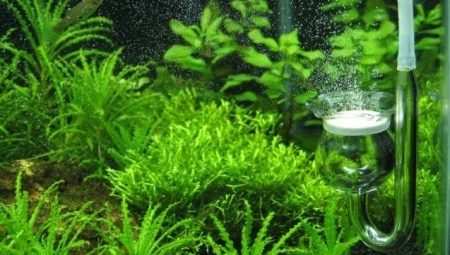
CO2 is considered an important part of every aquarium. This water component provides an important part of the life of all living things that live in an artificial ecosystem. Every aquarist should be aware of the functions, feeding habits and options for controlling the amount of carbon dioxide in the aquarium.
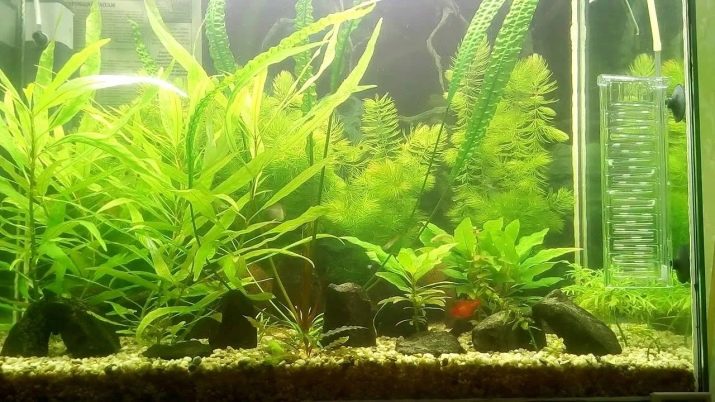
Features and purpose
CO2 is the gas that helps aquarium plants breathe. Half of the flora is composed of this component. In a natural reservoir, it is enough for the normal life of aquatic vegetation, but in domestic reservoirs there is very little. Despite the fact that the fish produce CO2 in the aquarium, it is still not enough for full respiration of algae and underwater bushes.
The consumption of carbon dioxide occurs through photosynthesis, as a result of which the gas, together with light, turns into a rich organic compound, namely glucose.
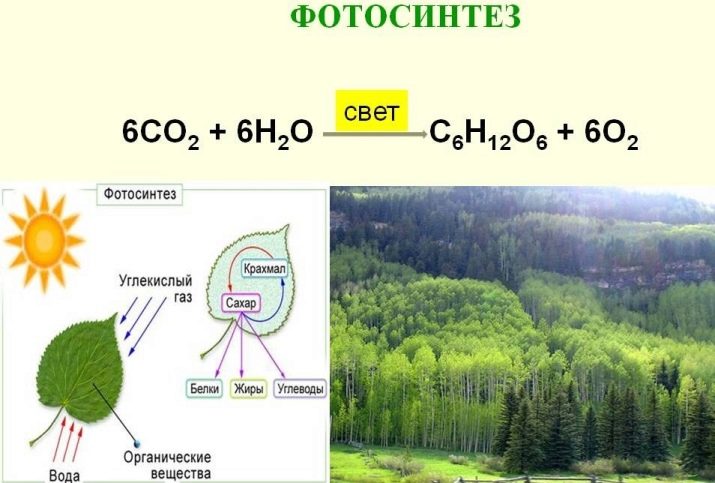
The main functions of CO2.
- It is the main building material for flora representatives. With a properly organized system of supplying carbon dioxide, the vegetation becomes beautiful and healthy.
- After photosynthesis, oxygen is released, which is necessary for the respiration of fish and other aquatic organisms.
- The supply of carbon dioxide to the aquarium can reduce the acidity of the water in the artificial ecosystem, and this is to the liking of most plants and fauna.
When installing a system that produces CO2 in an aquarium, it is worth remembering that the cleanliness of the tank will need to be monitored constantly, monitoring the level of carbon dioxide, using tests.
It is also considered mandatory regulation of lighting, acidity level. Otherwise, the fish may suffocate, the water will become cloudy, and the reservoir will become overgrown with algae.

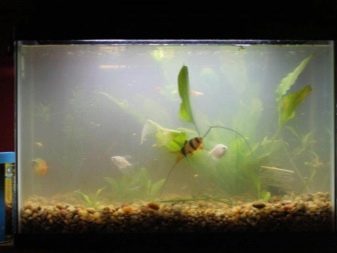
Submission methods
There are several ways to supply carbon dioxide.
Mechanical
According to many experts, the supply of CO2 to the aquarium using a balloon installation is considered the most effective. A can can be purchased at a specialist store and, following the instructions, supply carbon dioxide to the aquarium. The disadvantage of using this option is that this installation is suitable only for large tanks. Also, the user may face with a high cost of the cylinder.
Inconvenience is also caused by the large dimensions of the structure, which includes a solenoid valve, a system for controlling the atomizing element, the cylinder itself and other parts. If the safety precautions and the operating instructions are not followed, an explosion hazard can occur. The mechanical option of supplying carbon dioxide has many advantages.
Balloon installations are considered quite economical, since they can hold a large volume of matter, they are characterized by a stable gas supply, as well as an automated process.
When buying a unit, you should give preference to what has flat bottom, as well as a valve that complies with GOST. The cylinder must be marked in a special way, and the reducer is equipped with a solenoid valve and fine adjustment. The presence of a counter is considered desirable, it is he who will help track the amount of CO2.

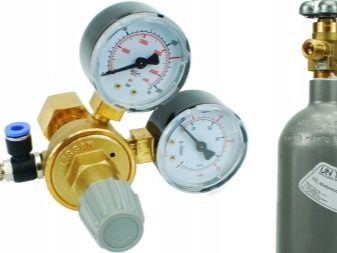
Chemical
This method is based on the mixing of reagents that release carbon monoxide as a result. Reagents are a worthy alternative to the previous option, because instead of cylinders, you can buy tablets in a specialty store. The chemical method of supplying CO2 is considered to be quite simple, effective, practical and safe. One tablet is enough to provide 20 liters of liquid medium with the required volume of carbon dioxide. The disadvantage is the constant need to buy new pills.
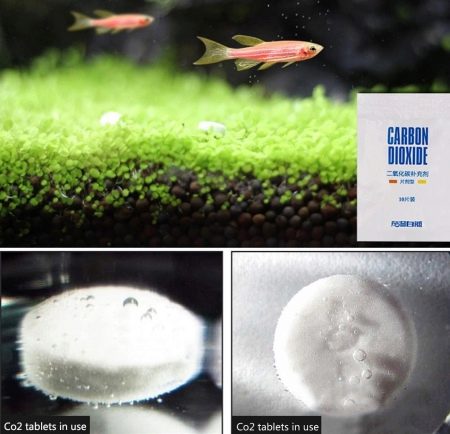
Fermentation plant
This option is considered the most creative, since it is based on the independent manufacture of a generator in which fermentation takes place. The result of the construction is the release of CO2. The disadvantages of the generator include the inability to control the process, as well as the risk of gas leaks. The indisputable advantage of the unit is its low cost.
There are many options for these designs, the most common of which can be called a generator, which is based on soda and citric acid. Carbonated water as a source of CO2 is also an excellent option for maintaining an aquarium. After the bottle is opened, it contains 1450 mg of carbon dioxide. 20 ml of soda is enough to provide the aquarium with the vital ingredient.
The main advantages of using this method are economy and simplicity, and disadvantages - instability of gas concentration, weakness of the substance supply. The cheapest water is suitable to lift bubbles from the bottom, and it must be poured in daily.
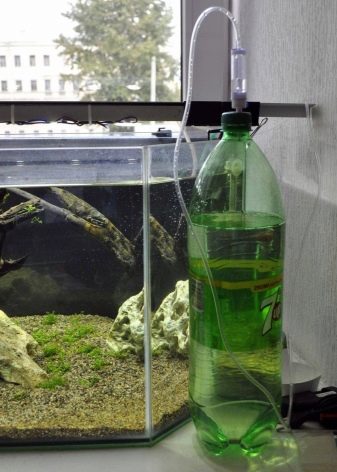
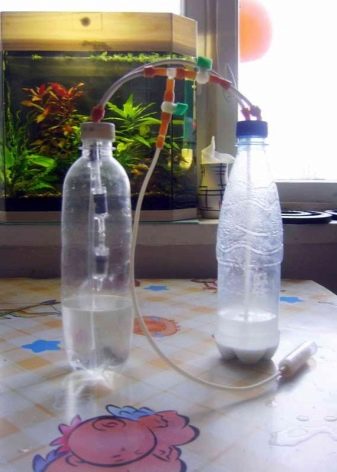
Automizer
This unit is considered a highly efficient flow-through diffuser that operates on reverse osmosis. It spreads CO2 when sprayed. The automizer ensures high-quality dissolution of carbon dioxide in the aquarium water. For proper operation of the unit, its location must be vertical, so that the gas will be atomized with maximum force.

Sprayer types
After the method for generating carbon dioxide has been selected, you can proceed to the selection of a sprayer, a diffuser. The most common options for these devices are the following.
- Bell. It is also called an inverted cup.It looks like a small plastic or glass container filled with water. The bell is placed in the aquarium with the open side at the bottom. After that, the unit is filled with CO2 from the cylinder. Throughout the day, carbon dioxide is gradually consumed from the glass, and by the evening it is refilled with liquid. Operations are repeated in the morning. This type of device is considered optimal for small aquariums.
The main advantage of the bell is that when using it, you will not be able to overdo it with a dose of CO2.
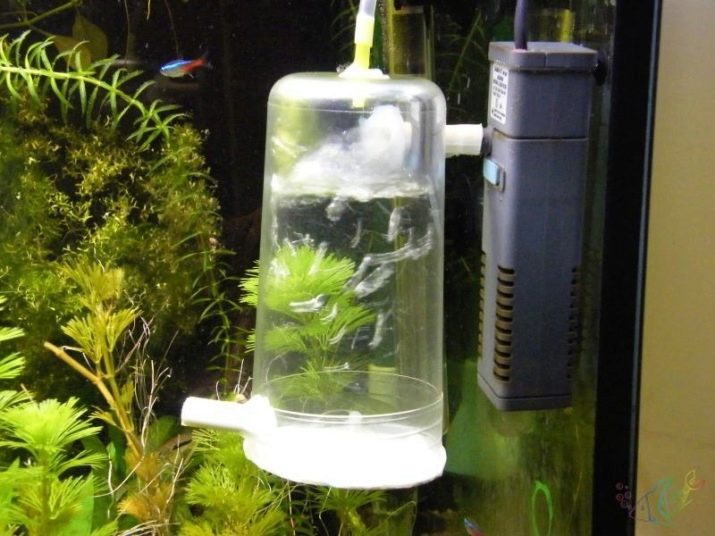
- Diffuser made of wood. This type of spray is usually made from hardwood. The diffuser is capable of creating small gas bubbles that facilitate the rapid dissolution of CO2. The advantages of this unit include simplicity combined with efficiency. The disadvantages are the need to supply gas exclusively under the influence of high pressure. Variable performance and fragility are also considered the disadvantages of a wooden diffuser. Aggregates of this type can be bought or created with your own hands.
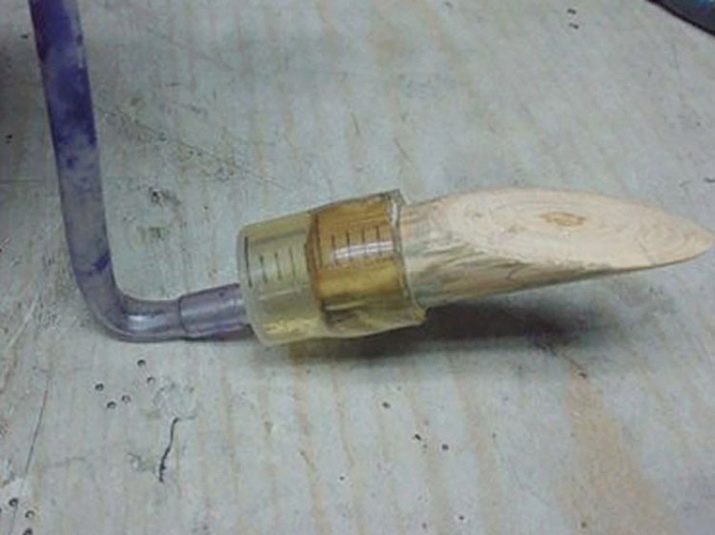
- Glass ceramic and membrane diffuser are the most common options. Gas is supplied to a glass container that is under water. In the upper part, it is closed with a glass disc or a plastic membrane. Through small holes on the surface of the unit, the gas is forced into the water at a low speed. In this case, CO2 looks like small bubbles.

- Bubble ladders. These structures look like glass and plastic transparent labyrinths. In them, each of the bubbles of carbon dioxide that is launched from below rises with little force to the upper part of the water, gradually dissolving in it. This bulky piece does not need to be decorated, as the release of the bubbles in itself has a mesmerizing appearance.

- Active pumps - These are reactors for supplying carbon dioxide, which are created using the latest technologies. They can be characterized by a variety of designs, but at the same time a single principle of operation. The flow of water is supplied towards the gas bubbles, at which time the latter are decelerated and dissolved. The disadvantages of pumps include their technical complexity. But the advantages are efficiency and no need for pressure.
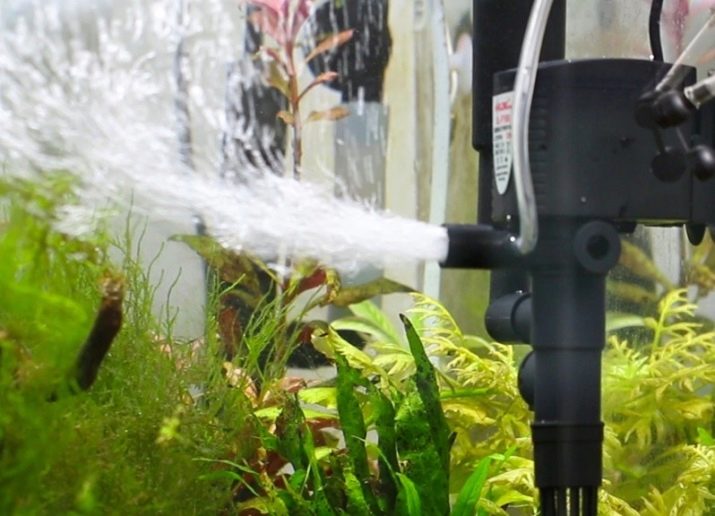
How to do it?
Many aquarists nowadays make their own CO2 supply systems. This equipment can be created from a fire extinguisher, for example, 2 kilograms. In this case, for work, a system with pressure gauges and a regulator in the form of an exhaust valve will also be needed, which will be able to withstand the pressure of carbon dioxide from the cylinder. Using a wrench, the spray tube is removed. To make the action as safe as possible, you should not get rid of the locking check on the lever.
After installing the pressure gauges in conjunction with the outlet valves, you can begin to remove the safety pin.
To avoid personal injury, do not overtighten the gauge system during installation. To check the efficiency of the reactor, it is better to take it out of the room. When you press the handle, you should not expect explosions, the only thing that can be heard is a quiet hiss. This sound indicates that the work on creating the CO2 supply system was done correctly.

The pressure gauge should show a value of approximately 50 bar, provided that a 2 kg fire extinguisher has been used. You can set the release of carbon dioxide in any amount that will be enough for your aquarium. To fix the required mode, it is worth using insulating tape. You can check for gas leaks with soap.
The next step is to link this system to a carbon dioxide bubble counter and reverse valve. This activity will help prevent liquid from entering the container and its components.Once the number of bubbles has been set, the system can be placed in the aquarium. At the end of the installation, do not forget about securing the fire extinguisher.

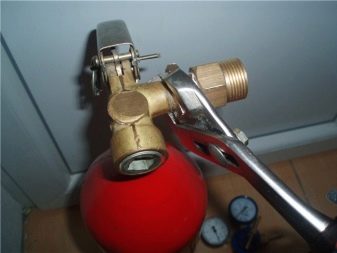
How to control the level?
One of the vital aspects of an aquarium that must be monitored constantly is the concentration of carbon dioxide in the water. The procedure can be carried out using the following devices.
- Dropchecker test. The device looks like a drop filled with a liquid for indication. This indicator reacts qualitatively to changes in CO2 content, showing the result by changing the color. For example, yellow means too much carbon dioxide, green means maximum carbon dioxide, and blue means less. Dropcheckers are fairly easy to use, but they work very slowly.
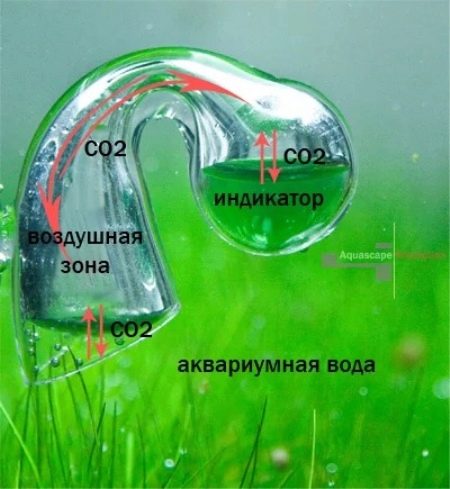
- Liquid is an indicator. Thanks to this method, it is possible to determine the amount of CO2 in the aquatic environment within a few minutes. This indicator is able to show carbonate hardness. The color that was determined on the device can be compared with the color table and the amount of gas present in the water can be estimated. Using this method is quite simple; only the need for constant fluid replacement can cause inconvenience.
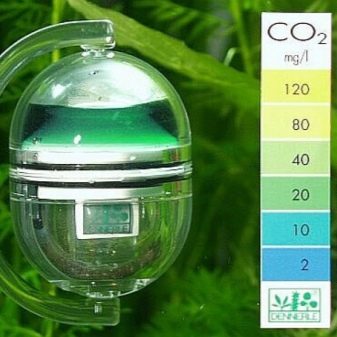
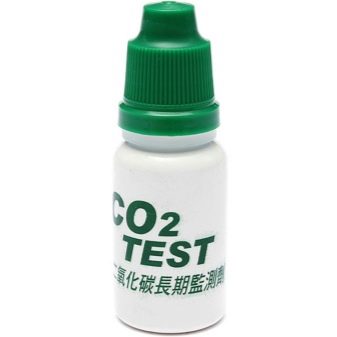
- Observation. This method is considered the most unreliable, since its basis is the subjective opinion of the observer. In this case, the aquarist needs to monitor the behavior of fish, growth and development of vegetation, while noting their atypical state.

Every aquarium owner should know that the CO2 content in the water should not be neglected, since this gas is very important for the normal life of vegetation and, as a result, for other inhabitants. After purchasing the tank, it is worthwhile to start installing the supply of carbon dioxide into it.
The main rule, which should not be violated when maintaining an aquarium, says that not only a lack, but also an excess of carbon dioxide can be detrimental to its inhabitants, therefore this indicator must be constantly monitored.
See a video below about feeding carbon dioxide into the aquarium.








